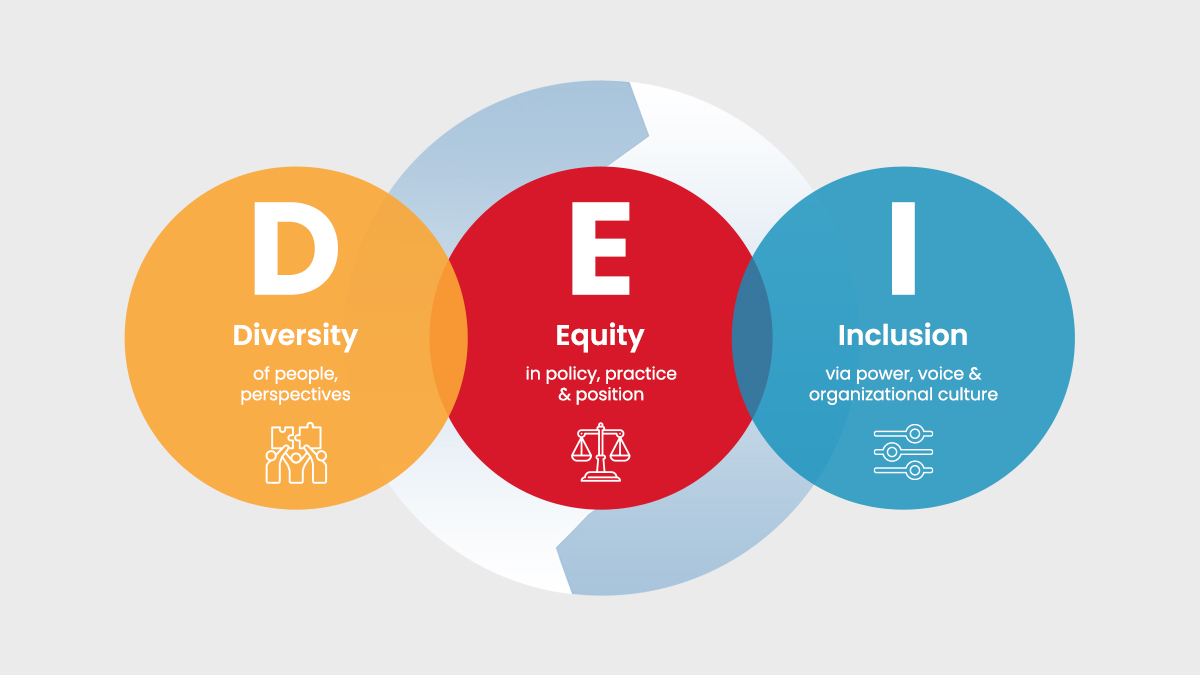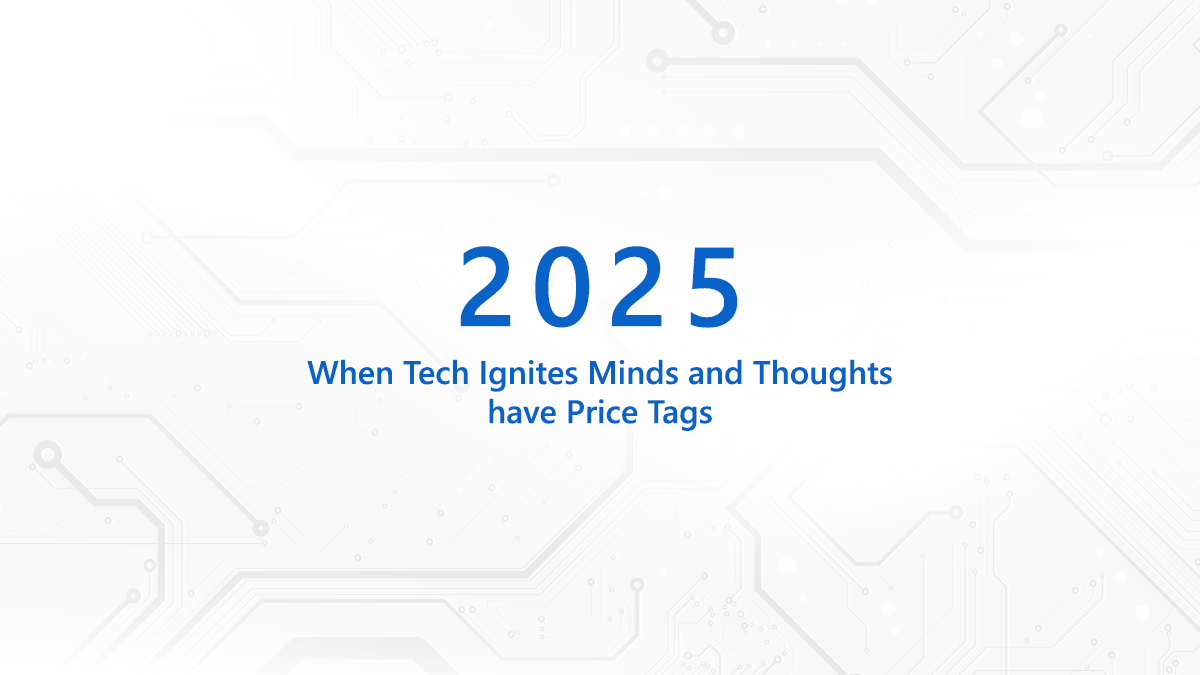
Every crisis carries with it an extraordinary ability to “nudge” us into a new world order. Coming together for a common purpose, seeing things differently and creating a bias for action are responses that have helped sapiens survive and grow even in the most critical times. Take the example of the ongoing coronavirus pandemic. The immense pressure on governments to manage this scale of humanitarian crisis has triggered rethinking the significance of technology for administering & serving Governanceusing “GovTech”. Countries that had the vision to invest in creating massive digital infrastructure around connectivity, digital ID, e-payments and unified registries are now best poised to come out as winners. Be it for contact tracing & arresting community spread of infections, expanding social protection nets for the unemployed or facilitating contactless supply chains, adoption of GovTech has proven to be a sine qua non for resilience.
“GovTech is a whole-of-government approach to public sector modernization that promotes simple, accessible, and efficient government. It aims to promote the use of technology to transform the public sector, improve service delivery to citizens and businesses, and increase efficiency, transparency and accountability”: World Bank
Over the last couple of decades, the proliferation of smartphones & internet has increased citizens’expectations and its amazon effect on Government with respect to service delivery. In the last 5 decades, using a computer has shifted from a luxury to a need of life. This only indicates how fast Governments around the world have to work to meet their citizens’ expectations.From automation or ERP to solutions for ease-of-doing-business (EoDB) and ease-of-living (EoL), technology has created opportunities for governments to remain relevant to its citizens. As per a 2019 market study released by Accenture, the global annual spending on GovTech is pegged at 400 billion USD (30.5 Lakh Cr INR). Therefore, be it for scheduling an appointment in a hospital or booking a seat in a mode of transport, citizens’ expectations have splayed out high and wide, for the private sector and the government to take cognizance.
Digital-by-Default To Transform Governance In Service Delivery
GovTech Solutions for EoDB like Single window systems have come a long way in providing accessible & affordable services. In emerging economies, governments are exploring tech use cases to sustainably use national resources like minerals to spectrum to enhance profits for the public exchequer. Forexample,in the mining sector, Governments have exercised regulatory oversight on extraction of minerals by end-to-end process automations, that have effectively plugged leakages, rampant in such elaborate value chains, and facilitated transparent online bidding. As we shift gears to Industry 4.0, it makes sense to use controlled-futuristic solutions like i) robotic process automation for increased throughput, ii) UAV based surveillancesfor compliance and control, and iii) advanced analytics to forecast & plan for demand supply sync.
There is also a shift witnessed in the way Government engages with its citizens. Progressive nations have moved from silo grievance redressal systems to Integrated Command & Control centres, thus establishing higher accountability at all levels of governance to citizen’s voice. Using natural language processing, governments are keenly listening to social media conversations and understanding citizens’ sentiments around quality of governance. Finally, smart city solutions for fulfilling everyday needs have re-shaped the way the citizens interact with the government.
All these GovTech interventions are opportunities for local ecosystems to develop myriad products and services, offer an entrepreneurship platform to various start-ups and unicorns, and usher in millions of jobs leading to a resultant growth in local communities.
Even though the term GovTech is yet to gain traction in many economies, the concept is well understood to be the need of the hour. Many governments in the United States, the Baltic & the Scandinavian regions and South East Asia have actively organized their internal structures so as to migrate to new ways of working and embracing technology as a way of life. Access to open APIs (data platforms), reforms in public procurement and capital support to GovTech innovators have made this space extremely vibrant in these economies. Closer home, India has embarked on a series of policy interventions such as BharatNet, IndiaStack and United Payments Interface that is prepping the grounds for GovTech markets to take off. However, in the times ahead, the success of GovTech will finally depend upon the agility of policy makers in introducing openness in their culture and in supporting “collaborations and partnerships” to drive innovations.
This pandemic has put the spotlight on our vulnerabilities and given governments an opportunity to take bold decisions. Dream big. Act now. Because GovTech is here to stay and grow.
The author is Priyadarshi Nanu Pany, founder & CEO of CSM Technologies. This article was originally published on his Medium profile.


























































We will verify and publish your comment soon.